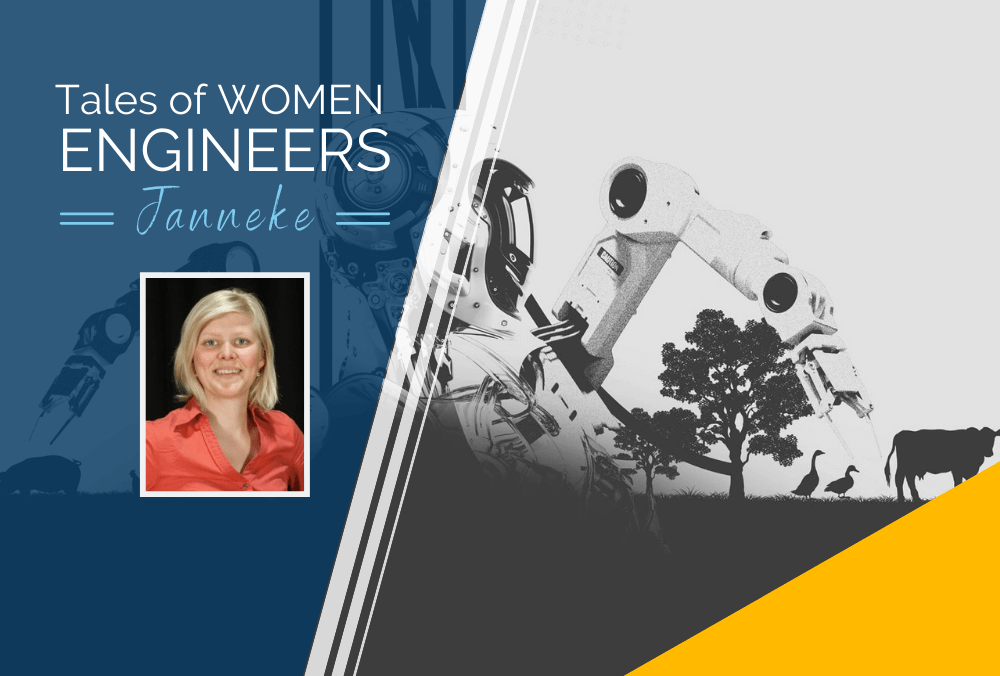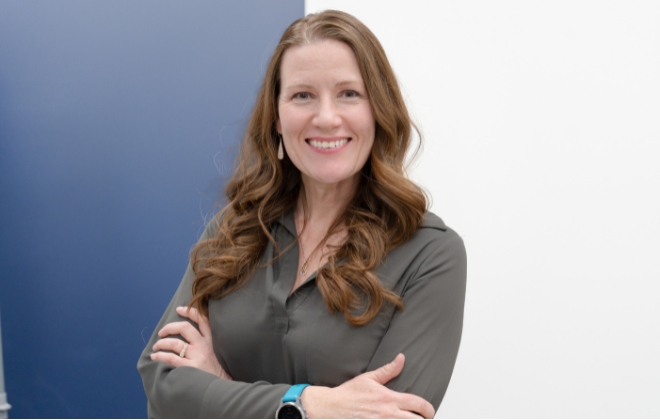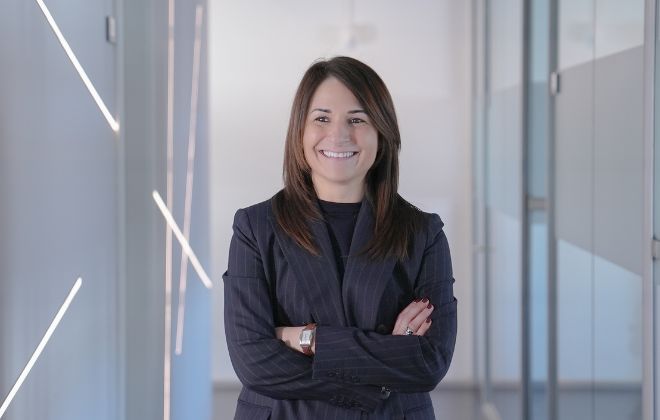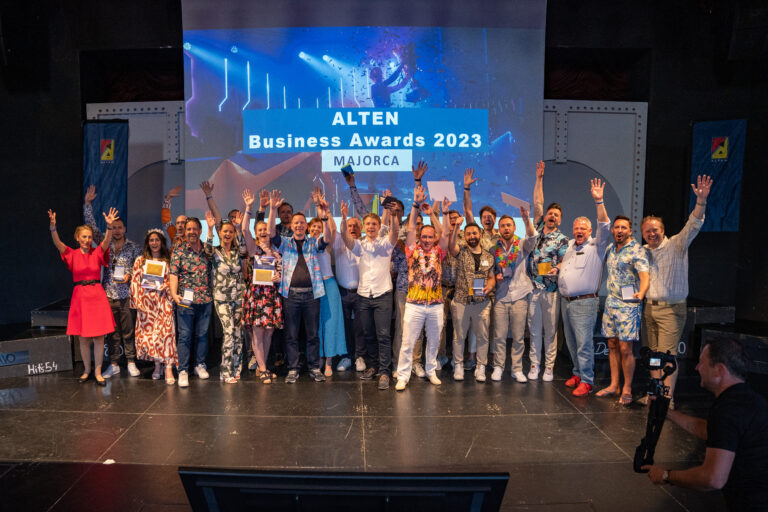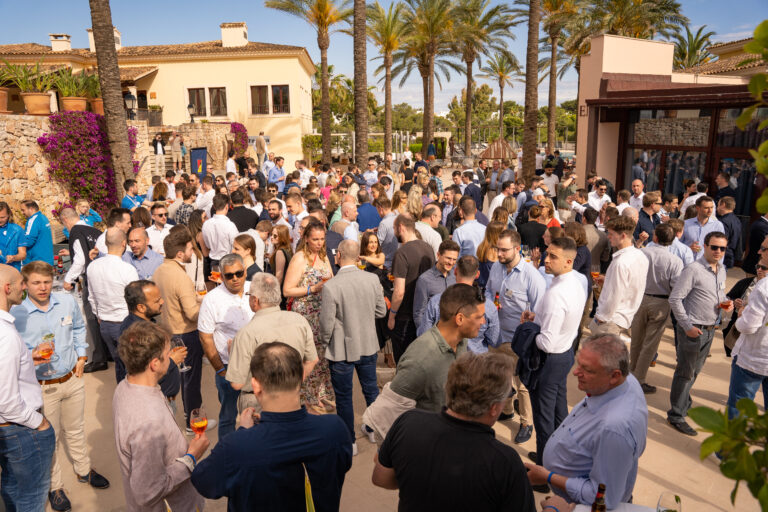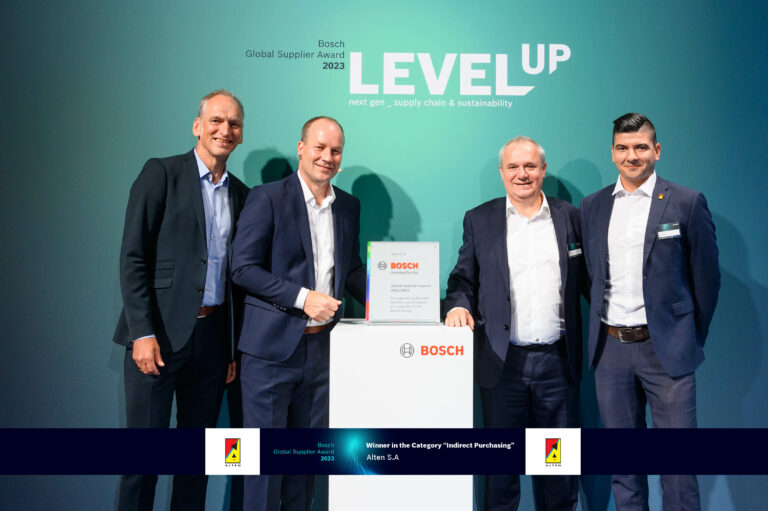Testimony of Janneke, Test Automation Engineer, ALTEN Netherlands, for Lely
“Robotics is the most tangible line of work possible: it’s incredible to see an application that we helped develop come to life through a machine and serve a common interest.”
When software development meets testing activities, their automation, robotics and innovation, Janneke believes that all the ingredients are there for a project to be as stimulating as it is useful. This biomechanical-engineering enthusiast looks back on her career and the reasons why she decided to put her technical expertise at the service of sustainable innovation.
It was at Delft University of Technology where Janneke developed her interest in biomechanical engineering, the area of expertise which works on the analysis, modelling and design between biological and technical systems. At Delft, she studied biorobotics, a science that develops machines that imitate biological systems, and haptics, a discipline that allows the creation of communication, through a robotic system, between a human being and a part of his or her environment.
While studying, Janneke came across simulation software and programming platforms. “An area that I really liked and that made me want to improve my knowledge of software development”, she recalls.
After a master class given by ALTEN, Janneke obtained several training certificates in this field and worked on her first projects as a Test Automation Engineer. “In this role within a development team, you can approach the technical aspects of coding and interact with the stakeholders of the projects, taking an interest in the design prerequisites. It gives you a 360° view on the software development cycle, to reach better software quality and aim for the best product for our customers”, says Janneke.
Test automation: the winning formula for sustainable and profitable agriculture
“For more than six months, I have been working as a Test Automation Engineer with a Dutch client, Lely, which specializes in robotic systems for farmers and, in particular, dairy farmers. I support them with the setting up of test processes for a highly innovative project: Lely Sphere.”
This multi-robot system reduces nitrogen emissions by more than 70%, by separating mineral flows from manure and urine, by treating it and enabling farmers to reuse it as a natural circular fertiliser on their land.
How do Lely robots work?
Ammonia emissions are produced when the urine of livestock comes into contact with the manure. To prevent this pollution, feces must be quickly removed from barns.
- First of all, a feces collector and a separation floor (which does let the urine pass in a pit but keeps the feces out of it) enable these two materials to be dissociated and stored.
- Then, a “N-Capture ventilator” creates an underpressure in the manure pit which abducts the ammonia gases that occur below and just above the barn floor. A filter converts the ammonia into circular nitrogen fertiliser. This makes it possible to use 70% of nitrogen losses due to emissions for fertilisation.
The whole system together turns the manure into three types of environmentally-friendly fertiliser that can be reused by farmers on their land.
“I work primarily on the development of the N-Capture and the chemical reactions that occur there and result in the production of natural fertilisers. My role is to continuously improve the quality of the fan robot’s software: definition of requirements with stakeholders, creation and development of automated and simulated tests (executed through simulations or real devices), quality analysis of results, etc. The automation of the tests makes it possible to take more variables into account, to reduce the duration of conventional tests and to guarantee the standard of service”, specifies Janneke.
She continues: “It’s an exciting project. First, as it brings out a desire for innovation – on the part of industrial firms and farmers – to reduce ammonia emissions on farms. Secondly, as it is very satisfying to help them achieve this, and not just be an observer of this problem, and to contribute to the preservation of our environment. Finally, this project provides a tangible view of the technologies developed: our work comes to life through these robots and we can appreciate directly, as close as possible to the customer, their positive actions.”
Challenges: a “driver of innovation”
When asked about what she looks for in her day-to-day activities, both professional and personal, Janneke replies: “a challenge, as it is a driver that encourages innovation and, therefore, lets you put forward improvements.”
Janneke developed her desire to be challenged while rowing at a high level for several years. About ten times a week, she trained while studying, and striving to keep the delay at a minimum: “I learned about discipline, adaptability and raising my own bar in order to develop”, she says.
Being challenged has become a common thread that runs through Janneke’s career, as shown by her long-term goals : “I would like to specialize in the “architecture” side of test activities. This would let me accompany companies to analyse their test and automation processes, as well as the technologies put in place to execute them, and help them achieve a higher level of quality in their software-testing activities. I would then find the right technology, assign roles, set up new optimized test processes, and present a proof of concept (PoC) to demonstrate the feasibility of our proposals – all of which are steps specific to the beginning of a test and automation project, both crucial and very interesting.”
To master these steps, Janneke explains that it is necessary to have a certain amount of experience in different environments, each having a specific architecture in terms of testing. “It is very important to be very familiar with the advantages and disadvantages of each technology, so as to be able to offer each client a tailor-made and innovative solution. And that is a real challenge!” notes Janneke.
Final proof that being challenged is a state of mind for Janneke: she spends half a day a week on learning how to work with wood! “I needed to find a balance between working on the computer, which takes up a large part of my week, and a period of time in which I can get away, which for me involves a manual activity. Items of furniture, everyday or decorative items – I am giving this craft a go and I must say that it’s another type of challenge! It’s very technical, like software development, although in a completely different way! Nevertheless, I never stop trying to improve with each new attempt… that’s how you innovate!”
Friendly advice from Janneke
“Isolate each of your problems to solve them in stages! We often believe that a problem hides a heap of other difficulties, but when we dissect it in a very methodical way, we realise that it is not so complicated to solve. This applies to technical issues as well as to everyday issues. When I code, for example, I always isolate the part of the code on which I have to work by separating it from certain technical layers which are not useful. It’s a way to make my code more efficient and qualitative. In everyday life, this can mean dividing your to-do list into projects, tasks or sub-tasks and tackling each of them gradually!”
Innovate or invent?
“Innovate! As a child, I dreamed of being an inventor, I wanted to give life to the things I imagined. But as I grew up, I realised that I preferred to find solutions to improve existing concepts or systems, especially if they can be useful to us on a daily basis: it’s very challenging to try to understand how we can continuously do better, and that is – to a certain extent – a form of inventiveness!”
You would also like to participate in exciting projects? Find a job and apply directly!



